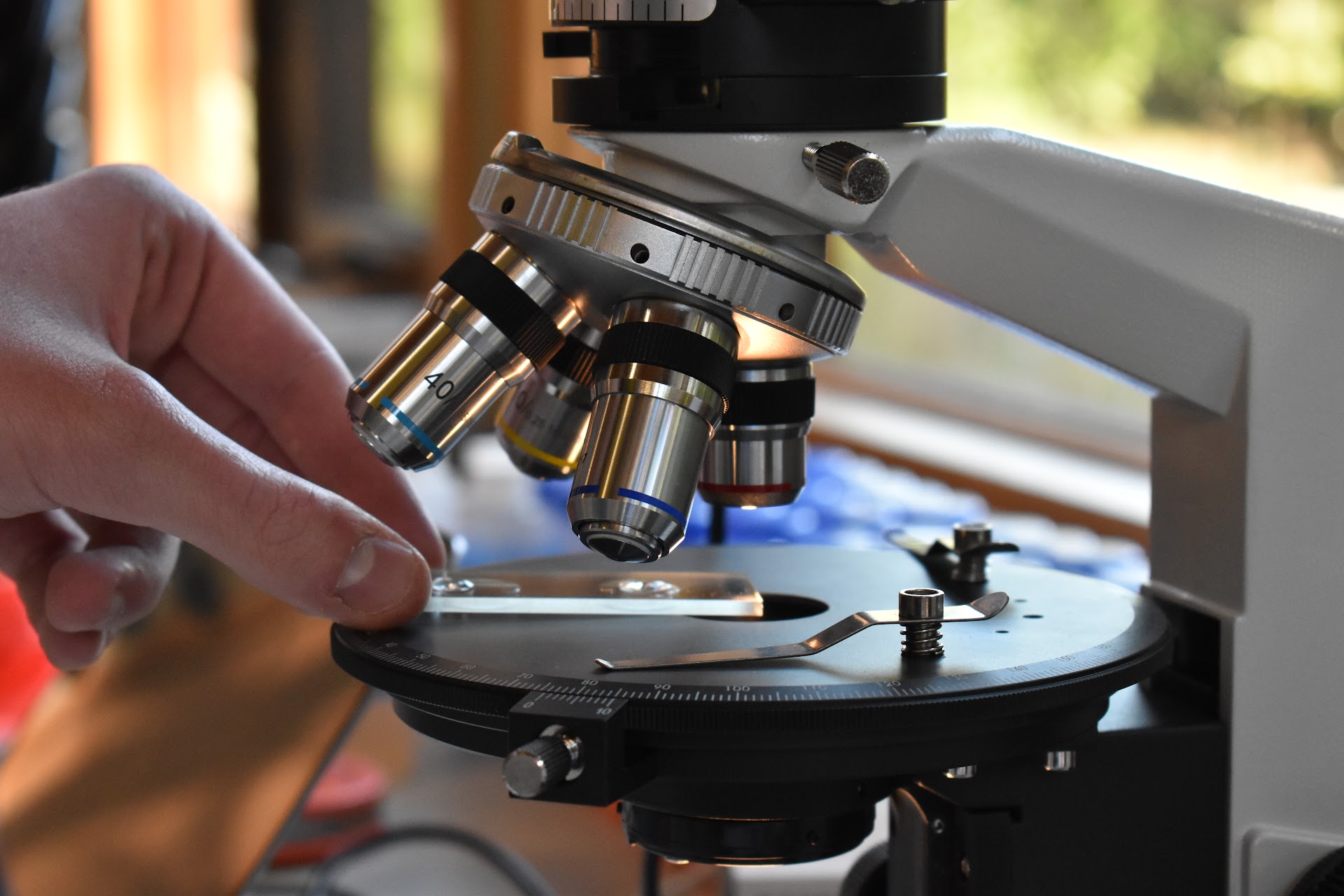By Ava Rubin
The historic woods of Irvington are home to trees predating the Civil War. While coring these trees to observe their ages, Irvington student researchers at the O’Hara Nature Center found symptomatic trees around the forests thus prompting the question: If our forests contain trees upwards of 200 years old, how much longer do these sickened trees have to live?
Not only do these woods provide insight to the history dense characteristics of Irvington, but the trees function to absorb carbon out of the atmosphere despite Irvington being a carbon sink. The cars we drive, the energy we use, all contribute to the community carbon emissions.
Beech trees are some of the most robust trees, however, nematodes which are small worm like organisms, are threatening Beech trees and therefore threatening the ability of Irvington’s forest to continue absorbing carbon. The hypothesis is that birds carry the nematodes, and therefore pass them on to the trees through excrement. In addition to this threat, the creation of the proposed municipal buildings would increase the carbon emissions from our village.
This is reasoning for the O’Hara Nature Center to now plant more than 100 new trees in efforts to maintain carbon neutrality. Suddenly, flooding in the area has become more frequent, so as the trees are being planted, being vigilant towards their location is essential to assuring he success of these saplings. It is necessary to consider not only the canopy, but the changing climate when planting these new trees.
Drones help the volunteers at the center to locate and document beech trees which can then be geotagged using a GPS device. Future scientists can use these tagged plots to take increment measurements and assessments of the Beech tree’s health in regards to carbon absorption and nematode concentrations.
Infected Beech trees are noticeable by their leathery texture and banding when held up to the light. These leaves can be soaked in water to release the nematodes which can then be further studied under a microscope. Leaves more saturated with nematodes are more susceptible to disease and have a shorter lifespan, meaning they are inefficiently taking carbon out of the atmosphere.
The O’Hara Nature Center has the capacity to record data about these new trees, and maintain it to assess their efficiency. The center has even collaborated with Harvard in efforts to obtain information about the changing forests in the region. Work done here has revealed a responsibility of the community to be cognizant of village carbon emissions while educating about threats to the historic woods of Irvington.






Be First to Comment